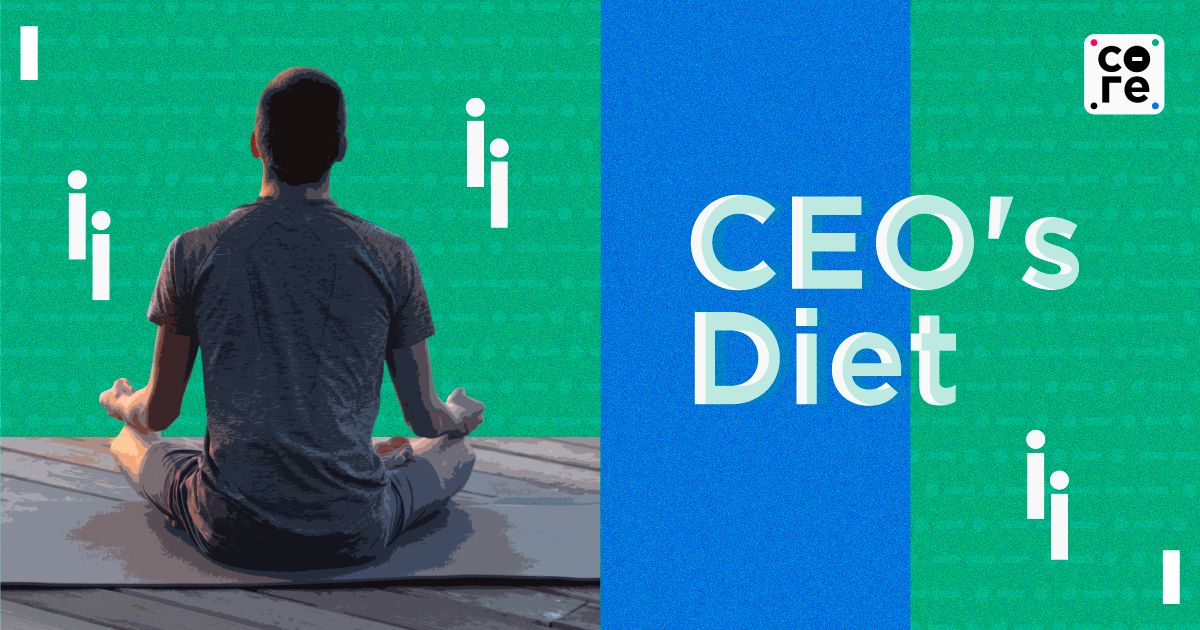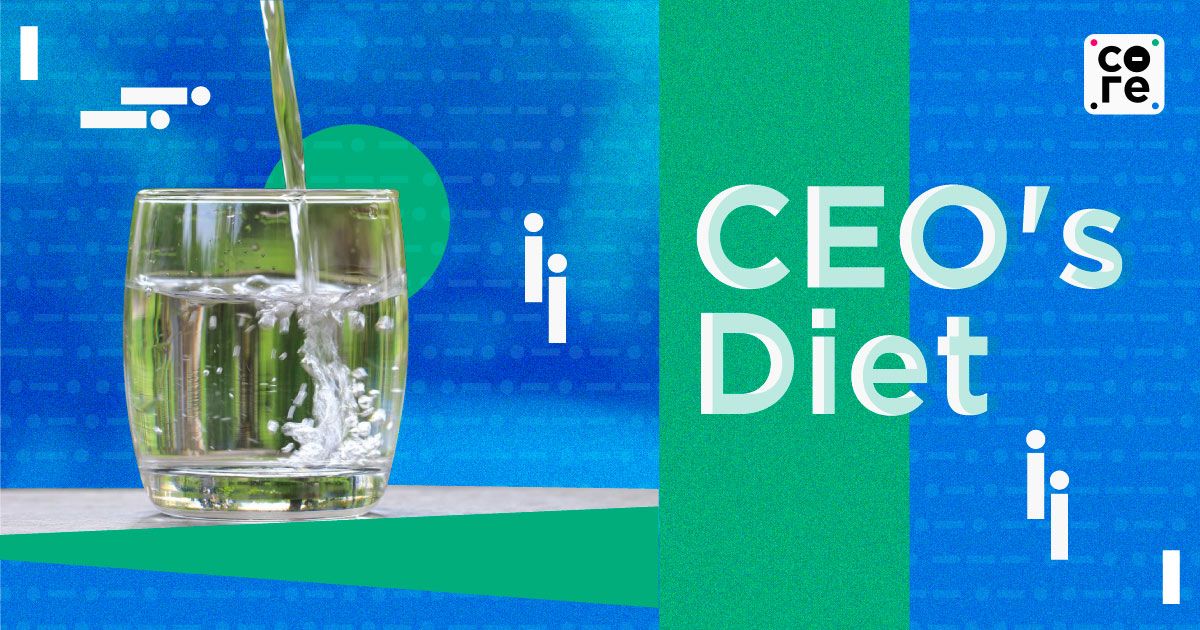Navigating the endless sea of information on social media can leave anyone feeling overwhelmed, especially when it comes to food and nutrition. It seems like every day there’s a new “superfood” or dietary villain being touted by numerous food experts online. Remember the green smoothie craze?
As a food nutritionist, I’m often approached with questions and dilemmas about what to eat and what to avoid. One of the most common debates I encounter is the classic showdown between white rice and brown rice. In today’s column, I’ll tackle this question and more, giving some clarity about them.
Rather than seeking black-and-white answers to complex food dilemmas, it’s essential to approach food choices with nuance, balance, and moderation. By prioritising whole, nutrient-dense foods, and incorporating a variety of options into our diets, we can enjoy a healthy and sustainable approach to eating that supports our overall well-being.
Brown Rice Vs White Rice
A recent tweet claiming brown rice was heinous got me thinking. It’s often the first dietary switch people attempting to lose weight or eat healthier make — opting for brown rice over white. But is it truly needed? After all, Asians have been eating white rice for eternity paired with a variety of dishes like dal, curries, vegetables, and ghee, which mitigates its high glycemic index.
White rice does indeed spike blood glucose levels faster than brown rice due to its higher glycemic index. However, when eaten alongside accompaniments such as protein, fat, and fibre, the glycemic impact of white rice reduces. The fibre content difference between brown and white rice is not substantial either. Brown rice has 1.2 g more fibre than white rice per cooked 100 grams. This can easily be compensated for by parts of the meal.
In terms of protein levels, both varieties are almost the same. For those with digestive issues, white rice is a better option as it’s digested more easily. Brown rice not only takes significantly longer to cook but can also lead to bloating and digestive discomfort, particularly for those with sensitive stomachs, because of its higher lectin content. It is a type of protein that irritates the gut in sensitive individuals.
Brown rice contains higher levels of heavy metal arsenic than white rice. You can’t lose weight by just choosing brown rice over white rice — it is the quantity of rice you eat and the other foods that you eat with the rice that matter. White rice is cheaper, has a longer shelf life, is easier to digest, and most importantly, it’s tastier and more comforting than brown rice.
Verdict
It is fine to eat brown rice if you like its taste. But nutritionally there are no reasons to shame white rice
Quinoa Vs Millets
For those who want to add a whole grain to their diet, both quinoa and millet are good options. Millets grown locally, have a lower carbon footprint and are drought-resilient and resource-efficient. This makes it a more environmentally sustainable option.
Whether you use it in Indian breakfast dishes, rice-based meals, salads, or as a substitute for rice paired with dals and curries, both grains are pretty versatile. While quinoa is a complete protein, with essential amino acids and a higher protein content than millet, most millets have higher fibre content than quinoa. A cup of cooked quinoa provides 8 grams of protein, whereas foxtail millet offers approximately 6 grams.
In terms of cost, millets are more economical compared to quinoa, though the price gap between the two has narrowed over the years. Both quinoa and millet are valuable additions to a balanced diet, offering unique nutritional profiles and culinary adaptability.
Verdict
Both grains score nearly equal on most fronts. You can use both in your diet by rotation.
Atta Vs Maida
Ask most Indians and they will tell you maida is the “all-purpose villain” and not all-purpose flour. According to popular belief, maida has zero nutritional value, it sticks to your gut and is hard to digest, while anything made with atta is ‘healthy’. You’ll find recipes for ‘healthy cakes’ that have simply replaced atta with maida and sugar with jaggery while using one cup of oil or ghee.
Is maida truly a zero when it comes to nutrition? No, maida doesn’t stick to your gut. Although maida is more refined than atta, leading to faster digestion and a quicker spike in blood sugar levels, we must remember that we consume meals, not just individual ingredients. Pairing a puri made from maida with chhole, chickpea curry, or vegetables compensates for its lack of fibre and micronutrients. Surprisingly, maida contains a comparable amount of protein to atta, with around 11 grams per 100 grams. However, its fibre content falls short at approximately 3 grams compared to the 11 grams found in atta. To get atta, wheat grains are ground with bran and germ making it richer in certain vitamins and micronutrients, but why rely on flour for your micronutrients when you have vegetables and fruits?
Verdict
It’s ok to eat maida once in a while, in your pizza base or parathas, just make sure the rest of your plate is balanced with fibre and micronutrient-rich vegetables.
Diet Cola Vs Regular Cola
One can of cola contains 10 teaspoons of sugar. You won’t dare to add 10 teaspoons of sugar to a cup of tea, but how many times have you had a can of cola without a second thought? Opting for diet colas saves you from consuming this excessive sugar load with each serving reducing the risk of excess excess calorie intake, weight gain, and potential health issues like obesity and type 2 diabetes when consumed regularly.
Yet, concerns remain about the safety of artificial sweeteners used in diet colas. These sweeteners have undergone rigorous safety evaluations and received approval from regulatory bodies like the US FDA, which has set acceptable daily intake levels based on comprehensive scientific research and safety assessments. A can of diet cola usually contains around 200 mg of aspartame, a widely used artificial sweetener. The acceptable daily intake of aspartame stands at 40 mg/kg, translating to 2400 mg for a 60 kg adult. It would take over 12 cans of diet cola a day to surpass this permissible limit, making aspartame a potential carcinogen.
However, while artificial sweeteners may pass safety thresholds, there are potential links between their long-term consumption and conditions such as obesity and metabolic syndrome. Therefore, moderation remains key when it comes to indulging in diet cola or any artificially sweetened beverages.
Verdict
For an occasional drink, diet cola is safer than colas, but making either a habitual beverage of choice is not advisable.
Diet Cola Vs Fruit Juice
A new study claims that diet cola is better for children than fruit juice. It’s common knowledge that eating fruit whole is always better than drinking fruit juice or smoothies. But take a situation where you are on an outing with your kids in hot weather and they want something cold and refreshing. Fruit juice with no added sugars is definitely a better option than diet cola. While diet cola may contain fewer calories (or zero calories) and sugar than fruit juice, it lacks the essential nutrients and health benefits found in fruits.
Freshly squeezed fruit juice in moderation is a better option for overall health and well-being compared to consuming diet cola regularly. It’s essential to prioritise nutrient-dense foods and beverages as part of a balanced diet while minimising the intake of processed and artificially sweetened products.
Verdict
Fruit juice wins hands down over diet cola for kids, and either drink is ok once in a while for adults.





